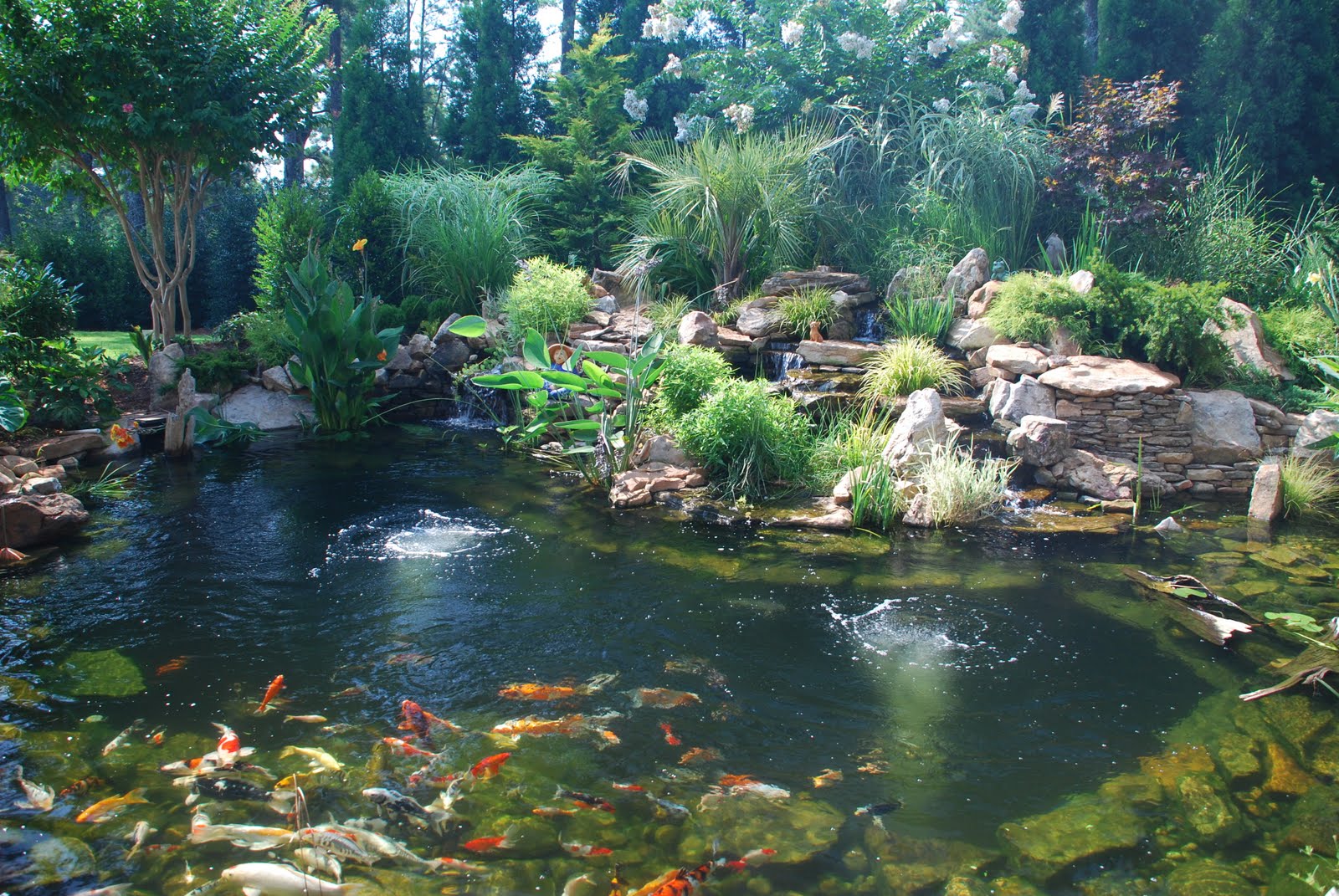
The Ultimate Guide to Koi Pond Installation: How to Create Your Own Oasis
Introduction
Imagine stepping out into your backyard and hearing the soothing sound of water flowing. In front of you, there’s a beautiful pond, filled with colorful fish swimming about. This is the beauty of a koi pond. It can be a fantastic addition to any outdoor living space. But what does it take to install one?
A koi pond can be both a calming and stimulating addition to any outdoor living space. Not only are they beautiful, but they also provide an opportunity to connect with nature and enjoy the therapeutic effects of the flowing water. This guide will walk you through the process of installing your very own koi pond.
Choosing the Location
The first step in installing a koi pond is choosing the perfect location. Ideally, you’ll want a spot that is level and has plenty of sunlight. You’ll also want to choose an area that is away from trees and any other structures that could cause damage to the pond or drop debris into the water.
When choosing the location for your koi pond, consider whether or not you’ll want to install water plants. These plants help to oxygenate the water and provide a natural filtration system, but they need plenty of sunlight to thrive. Make sure your pond gets at least six hours of sunlight per day.
Size and Depth
Once you’ve chosen the location for your koi pond, it’s time to determine the size and depth. Generally, a koi pond should be at least 3 feet deep to provide enough space for the fish to swim freely. However, deeper is always better. Koi can grow quite large, and they’ll need plenty of space to move about.
As for the size, you’ll want to think about how many fish you plan on housing in your pond. A good rule of thumb is to allow about 10 gallons of water per inch of koi. So, if you plan on having 10 koi that are 10 inches long, you’ll need a pond that is at least 1,000 gallons.

Shape and Design
When it comes to the shape and design of your koi pond, the sky is the limit. You can choose a rectangle, circle, or even a free-form shape. However, keep in mind that the shape and design will affect the cost of the installation. Simple designs are usually less expensive than elaborate ones.
In addition to the shape, you’ll also want to consider the aesthetics of your pond. Do you want a natural-looking pond that blends in with the landscape, or do you prefer a more formal design? You’ll also want to think about the materials you want to use. Concrete is durable and long-lasting, but it can be expensive. Alternatively, you can opt for a pre-formed pond liner, which is less expensive but may not last as long.

Filtration and Circulation
A koi pond requires a filtration system to keep the water clean and clear. There are two main types of filtration systems: mechanical and biological. Mechanical filters remove debris from the water while biological filters use living organisms to break down ammonia and other harmful compounds.
Along with filtration, you’ll need to consider the circulation of the water. The water needs to be moving constantly to help keep it oxygenated and to prevent stagnation. You can use a submersible pump to circulate the water, or you can opt for a waterfall or fountain to add some extra visual interest.

Adding the Fish
Once your koi pond is installed and the water has been treated, it’s time to add the fish. But before you do, you’ll need to make sure the water temperature is appropriate for the fish you’ve chosen. Koi are cold-water fish and prefer temperatures between 65 and 75 degrees Fahrenheit.
When adding the fish to your pond, it’s best to do so gradually. Allow the fish to acclimate to the water slowly, and monitor their behavior for signs of stress or illness. You’ll also want to feed them a high-quality koi diet to promote their health and growth.

Maintenance and Care
Keeping your koi pond healthy and clean requires regular maintenance and care. You’ll need to test the water often to ensure the pH levels and other parameters are in the correct range. You’ll also need to clean the filters and skimmers regularly.
Additionally, you’ll want to remove any dead leaves or debris from the water on a regular basis. This will help to prevent the buildup of harmful compounds and keep the water clear and healthy for your fish.

Conclusion
Installing a koi pond can be a rewarding project that adds beauty and serenity to your outdoor living space. With the right location, size, design, and maintenance, you can create a beautiful oasis that will provide hours of enjoyment for years to come. Just remember to take the time to research and plan, and to enjoy the process.